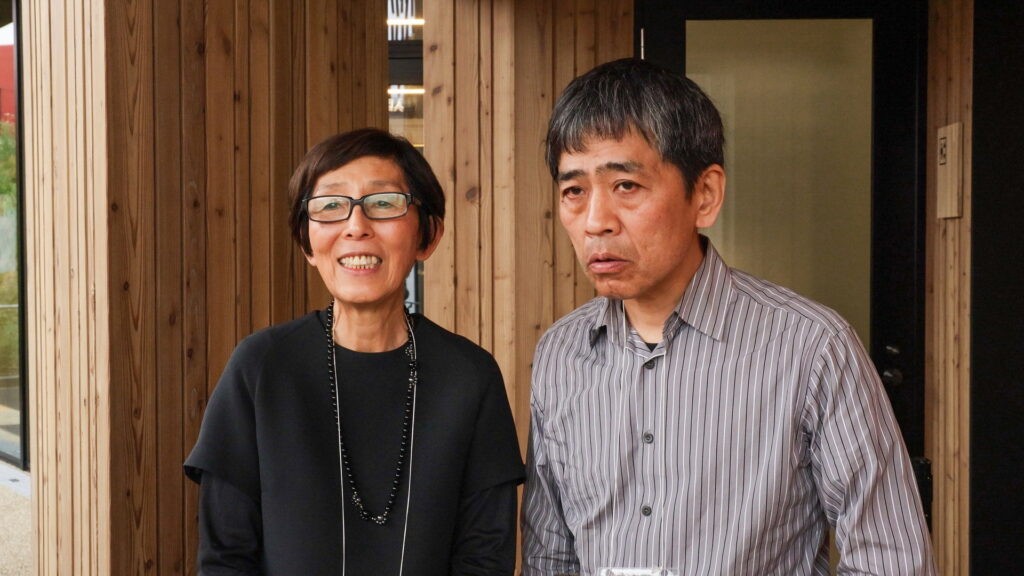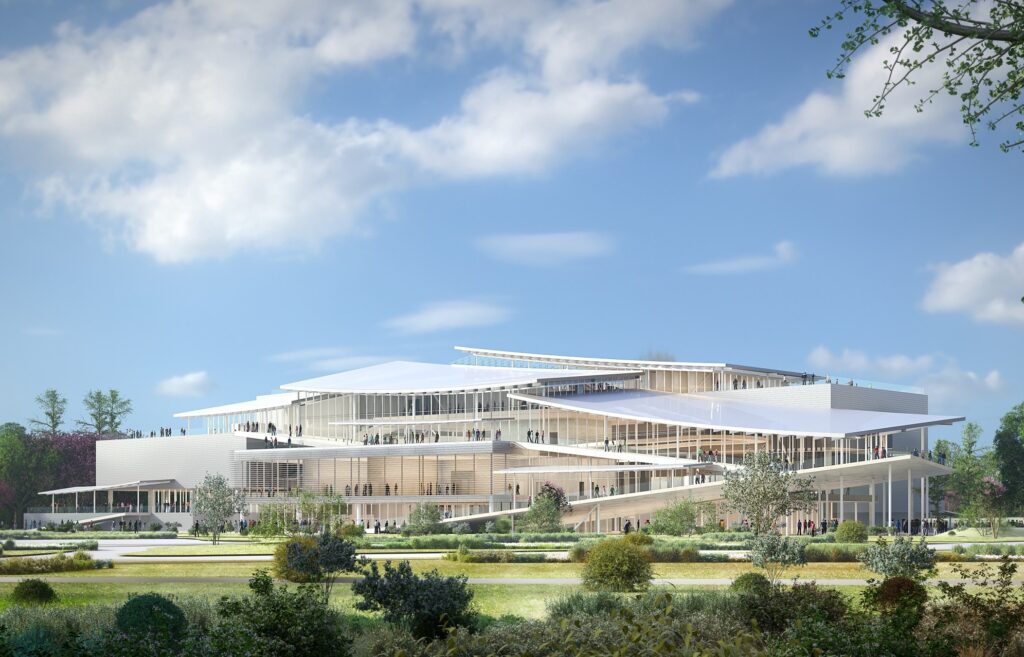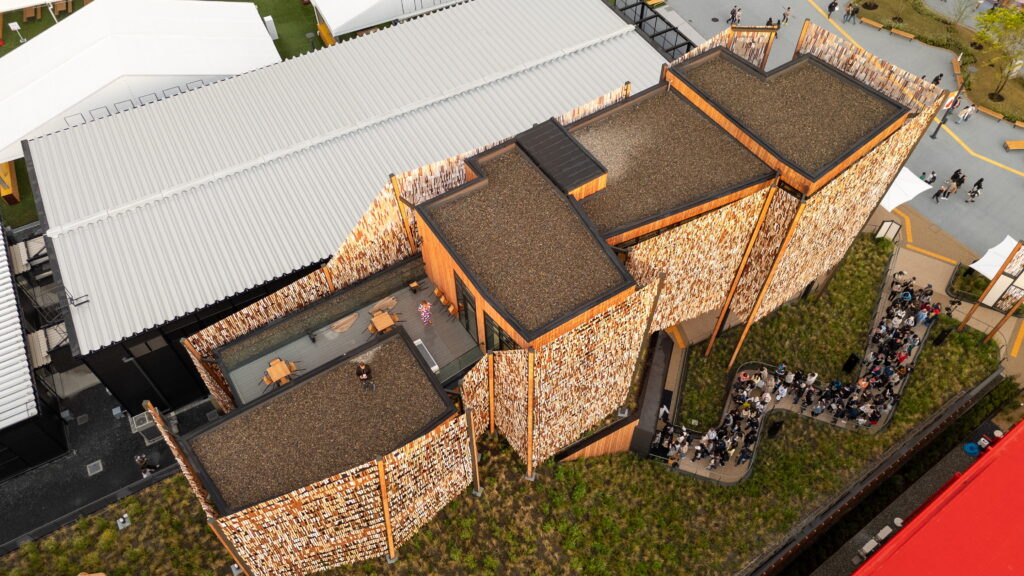
The World Expo is one of the world's largest cultural, tourism and economic impact events.Continue reading

The plans for the New National Gallery to be built in City Park (Városliget) in the Hungarian capital were presented on April 28, at the Hungarian pavilion of the Osaka World Expo, revealed Városliget Zrt. The designs for the Liget Budapest Project’s capstone were presented by Kazuyo Sejima and Ryue Nishizawa, founders of the Pritzker Prize-winning SANAA architecture firm.
SANAA was awarded the Pritzker Prize, the most prestigious award in the profession, in 2010. Their minimalist, clean style, their playful use of light and transparency, and their desire to create a harmonious relationship between their buildings and their surroundings have made them known worldwide. They have been noted for buildings such as the 21st Century Museum of Contemporary Art in Kanazawa, Japan, the New Museum of Contemporary Art in New York, the Rolex Learning Center in Lausanne, Switzerland, the Grace Farms Community Center in Connecticut, and the Louvre-Lens Museum in France.

Kazuyo Sejima and Ryue Nishizawa (L-R) at the Osaka World Expo. Photo: MTI/Liget Budapest Projekt
SANAA won the international competition for the design of the New National Gallery building in the framework of the Liget Budapest Project.
The new museum building is planned to be built on the site of the former Petőfi Hall and will house outstanding works of Hungarian and universal art from the early 19th century to the present day.
The building will be characterized by an airy, modern design, a close connection with the park, and innovative exhibition spaces, the statement said.

Concept design of the New National Gallery. Photo: Liget Budapest Project
“It was a fantastic feeling here today at the Hungarian Pavilion when one of the world’s most famous architectural duos, the founders of SANAA in Japan, presented their plans for the New National Gallery. From the presentation it was clear that a great building is in the pipeline in Budapest, and that will also be the largest SANAA building ever,” the statement quoted László Baán, Ministerial Commissioner of the Liget Budapest Project.
Baán added:
If everything we envisioned 10 years ago is fully realized and the New National Gallery building is completed, it will prove to the future that we were able to create together an asset of outstanding historical significance that will undoubtedly benefit the country.”
Architect Kazuyo Sejima said: “In designing the New National Gallery, we wanted to ensure that future visitors would feel the special connection between nature, art and architecture. We found it a very exciting challenge to design a new home for a cultural institution that contains unique cultural treasures, while being open to nature and people.”

Hungarian pavilion at the Osaka World Expo. Photo: MTI/Liget Budapest Projekt
Ryue Nishizawa added: “We were influenced by both the historic city of Budapest and the attraction of City Park.
Designing a contemporary museum on the historic site, in the middle of the park, on the site of a former building, was a big responsibility and an interesting task.”
The brochure also quoted Benedek Gyorgyevics, CEO of Városliget Zrt., who said that “the Museum of Ethnography, the Museum of Fine Arts or the Millennium House, that are part of the Liget project, attract nearly 10 million unique visitors to the City Park every year, the majority of whom come to Budapest specifically for its cultural heritage.”
“Here in Osaka, at the World Expo, we were able to show what the future holds for Hungary, that is why it will be worth getting on the plane and seeing not only the architectural plans of the New National Gallery, but also the reality,” added Gyorgyevics.
Via MTI, Featured image: MTI/Liget Budapest Projekt